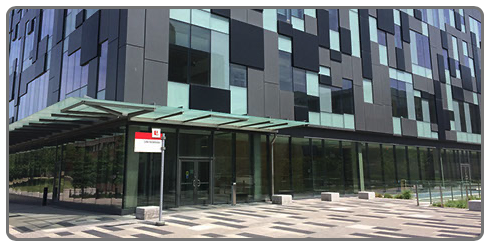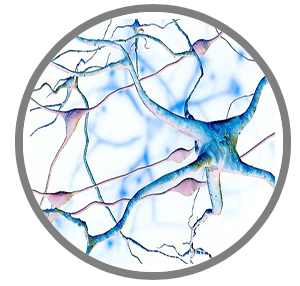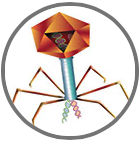
Logan Donaldson has been a structural biologist throughout out his career. While nuclear magnetic resonance (NMR) spectroscopy remains his primary technique for determining the atomic resoultion structures of protein complexes involved in disease, the lab continues to add new methodologies such as X-ray crystallography and mass spectrometry to its repertoire.
Student experience

The laboratory is one of twelve members of a well equipped, open-concept research floor in the Life Sciences Building at York University.
While undergraduate trainees in the lab tend to participate in a biochemical or cell biological projects and graduate students tend to concentrate on molecular structure, projects can be tailored to interest and experience. All trainees are able to earn authorships on publications.
Priority is given to BCHM 4000 students because they need to complete this course as part of their degree requirements. All students are urged to apply as early as possible for research positions.
Since the research floor is designated as BSL-2, all students must complete WHMIS-II and Biosafety training courses before building access can be granted.
Research

Intra- and intermolecular protein partnerships that regulate signalling processes involved in neurological disease, learning and memory. The primary focus of the laboratory is a group of proteins called scaffolds. In neurons, scaffolding proteins make numerous contacts with receptors, enzymes, cytoskeletal components and even other scaffolds to create a organized, yet highly adaptable and dynamic network. Using a divide-and-conquer approach, the laboratory has successively solved the individual protein-protein interaction domains from the pre-synaptic protein, CASKIN2 and the post-synaptic protein, AIDA1. With this goal achieved, the laboratory has since turned to a more exciting aspect of the scaffolding protein research – understanding how each domain works with others to create new functions and add complexity to the signaling system. The laboratory is also exploring how contacts with the scaffolding protein lock it into a state to promote or inhibit functions and the role of post-translational modifications such as phosphorylation. All of the structural biological, biochemical and biophysical research is also studied in model cell systems in collaboration with the Zoidl molecular and cellular neuroscience group.

Structure-function relationships in new viral proteins associated with food poisioning. In 2000, a water supply in Walkerton, ON was contaminated with bacteria leading to thousands of cases of sickness and six deaths. The bacteria were not the typical E coli that was normally found in the gut but instead were a strain turned deadly due, in part, to the presence of a bacteriophage virus that had infect it. The laboratory is currently exploring viral genes and the protein products that affect critical viral developmental decisions and the pathogenicity of the bacteria that harbour them. Like the old adage, "A picture is worth a thousand words", the laboratory is solving the high resolution structures of these viral proteins in order to determine how the protein functions in the bacterial host and to identify leads for the development of new therapeutics.
Recent publications
Kwan JJ, Piazza M, Wang D, Dieckmann T, Wen X-Y, Donaldson LW (2020) The HACS1 signaling adaptor protein recognizes a unique motif in the paired immunoglobulin receptor B (PIRB) cytoplasmic domain. Nature Communication Biology 3: 672. [link]
Tong J, Nejman-Falencyk B, Bloch S, Wegrzyn A, Wegrzyn G , Donaldson LW. (2020) Ea22 proteins from lambda and shiga toxin producing bacteriophages balance structural diversity with functional similarity. ACS Omega 5: 12236-12244. [link]
Dydecka A, Bloch S, Necel A, Topka G, Wegrzyn A, Tong, J, Donaldson LW, Wegryzn G, Nejman-Falencyk, B (2020) The Ea22 gene of lambdoid phages - Preservation prolysogenic function despite high sequence diversity. Virus Genes 56: 266-277. [link]
Brown CA, Del Corsso C, Zoidl C, Donaldson LW, Spray DC, Zoidl G. (2019) Tubulin-dependent transport of connexin-36 potentiates the size and strength of electrical synapses. Cells 25:E1446. [link]
Dydecka A, Nejman-Falenczyk B, Bloch S, Topka G, Necel A, Donaldson LW, Wegrzyn G, Wegrzyn A (2017) Role of orf60a and orf61 in development of bacteriophages lambda and Ф24B. Viruses 10: 553. [link]
